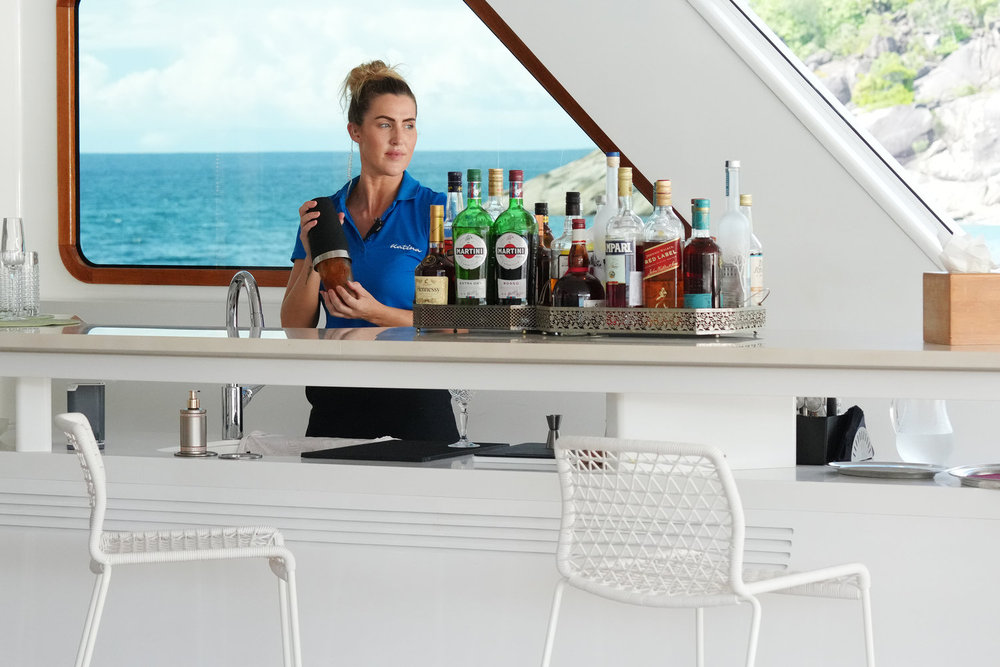Feeling tired can be down to a multitude of factors, from a bad night’s sleep to mental or physical health issues.
While these problems can often be sorted quickly, some people suffer from constant fatigue. According to YouGov, 13% of Brits are always tired, while a quarter say they’re worn out ‘most of the time’.
It’s no shocker that being tired can have a negative effect on your wellbeing and other parts of your life.
Fatigue can be split into three categories – psychological, physical, and lifestyle-related. The NHS lists several common causes for this:
However, if you’ve been feeling tired for a long time and can’t work out why, it could be a sign of a medical condition.
Anxiety and depression have also been linked with chronic fatigue, causing some people to feel tired even after getting the recommended six to nine hours of kip. Physical health conditions such as sleep apnoea, anaemia, and menopause could also be the reason for regular tiredness.
Other conditions that can lead to fatigue include diabetes, an overactive thyroid (hyperthyroidism), or myalgic encephalomyelitis or chronic fatigue syndrome (ME/CFS).
Before you start panicking and self-diagnosing (which you should avoid doing), the NHS recommends several daily routine changes that can help fight tiredness and fatigue.
-
Have a healthy diet and exercise regularly.
-
Try to stick to the same sleep times and aim for six to nine hours of sleep.
-
Try to relax a couple of hours before your sleep time (read, or listen to music or a podcast).
-
Have a relaxing sleeping area (not too bright, noisy or warm).
It’s wise to dodge habits like smoking, boozing too heavily, munching on enormous meals, guzzling caffeine or engaging in vigorous exercise just before hitting the sack. It’s also smart to dial down smartphone and screen use an hour before heading off to dreamland.
Yet, how can you tell when it’s more than just standard tiredness and time to see a doc? Dr Leyland, Clinical Advisor at myGP, told The Metro: “Fatigue can result in slower reactions, reduced ability to process information, memory lapses, absent-mindedness and reduced coordination.
“These can lead to accidents or reduced productivity, for example at work. Where possible you should consider lifestyle changes to improve sleep but seek advice from your GP if tiredness symptoms persist. There may be an underlying health issue requiring a GP prescription.
If you find yourself worn out for weeks on end, if fatigue is tossing a spanner in the works of your daily life, if other signs like surprising weight loss or mood wobbles are tagging along, or if someone’s heard you making choking, snorting or gasping noises when you’re snoozing – it’s probably time to chat with your local GP, as per NHS advice.
This story originally appeared on Express.co.uk












